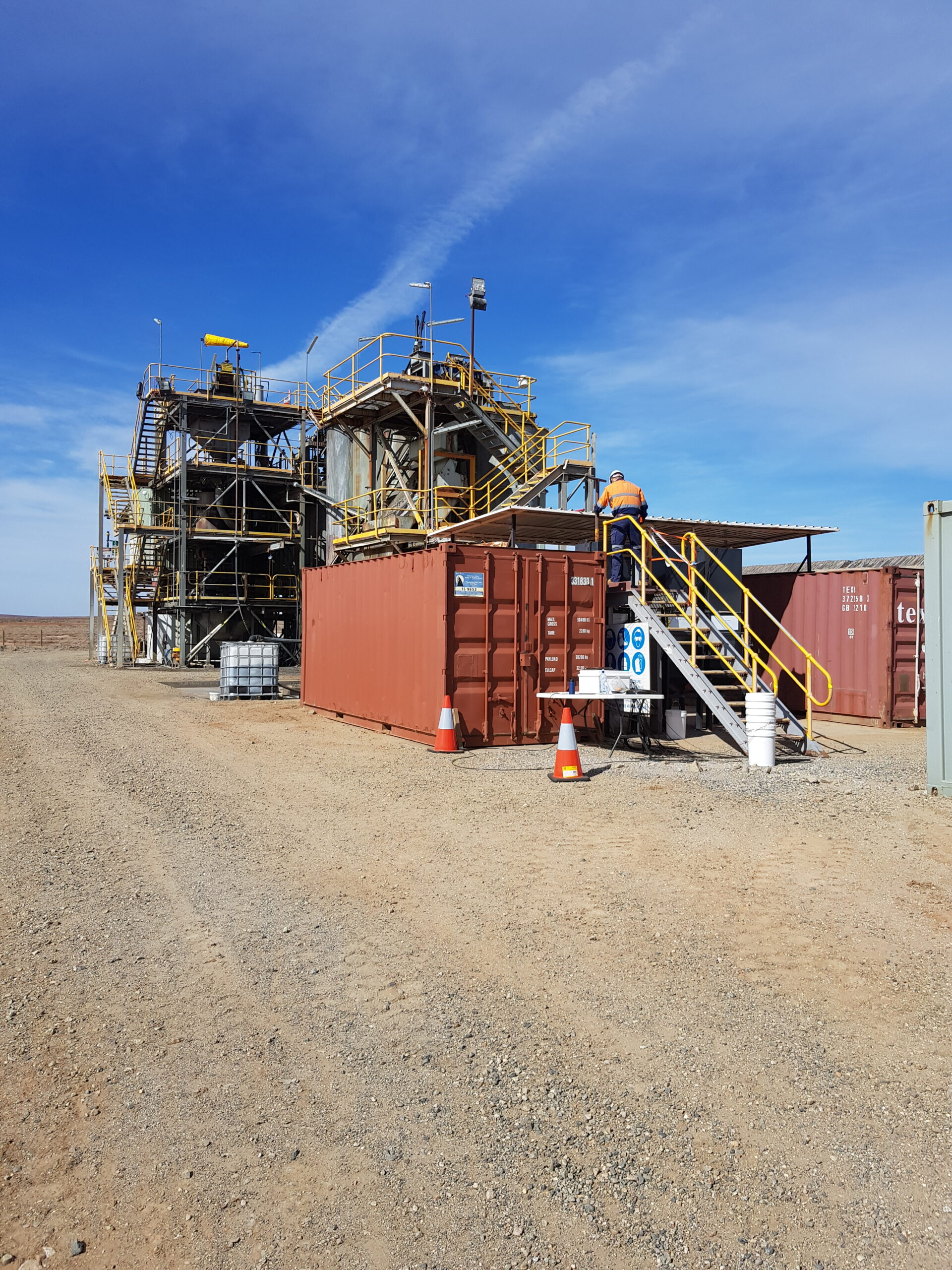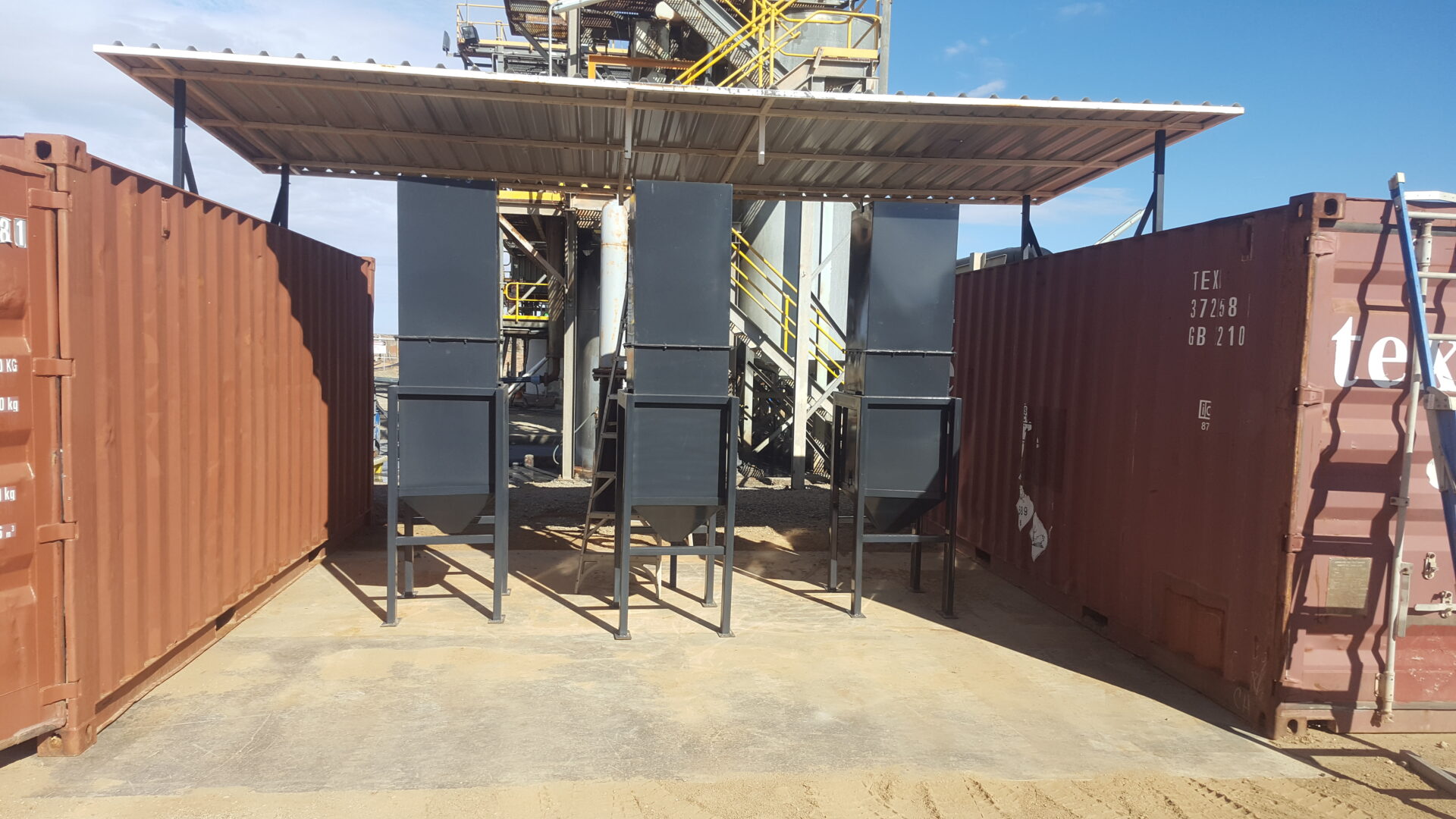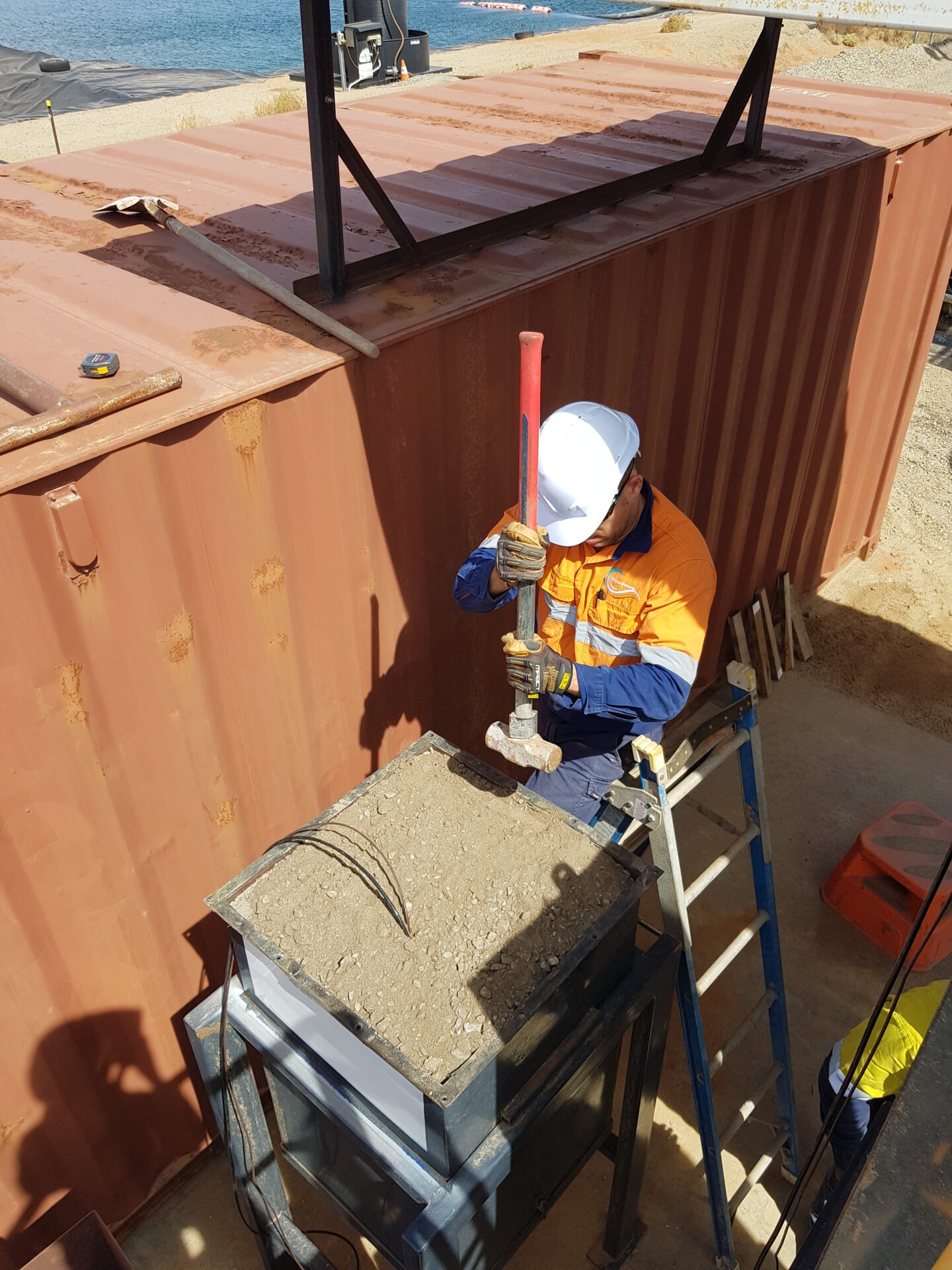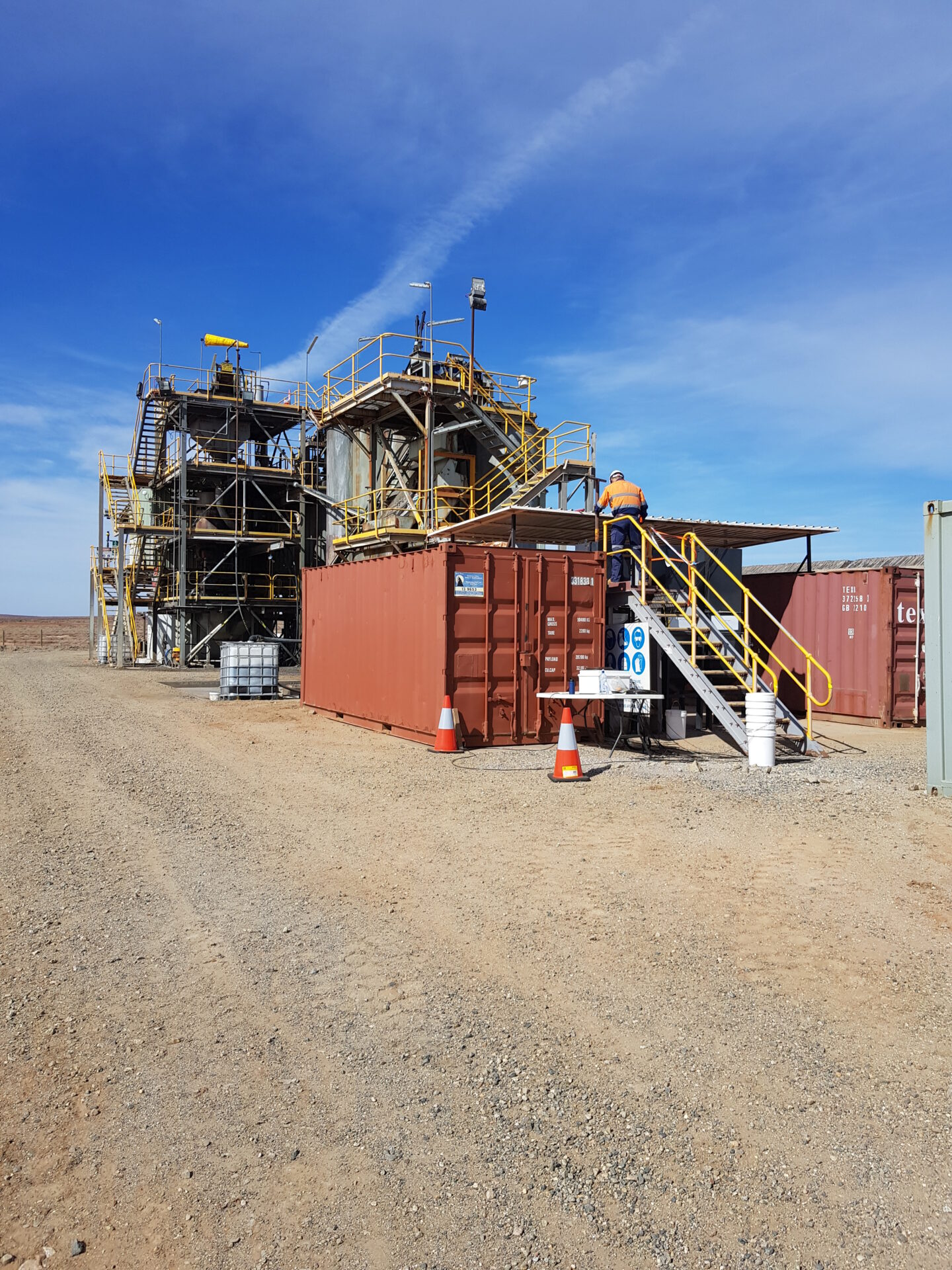Background
SGME was engaged to undertake construction and monitoring of cover column trials (the trials) to determine the optimum cover thickness for the rehabilitation of a heap leach pad (HLP). The mine is located approximately 80 kilometres south-west of Broken Hill in South Australia. Prior to mining, the land was used for unimproved grazing pasture and is underlain by two pastoral leases. The ore on the HLP is irrigated with a dilute solution of sodium cyanide (the residual liquor) to extract gold before being smelted.
Objective
After the HLP is rehabilitated, it will extend beyond the perimeter of the underdrainage and may pose some environmental risk from either acid rock drainage (ARD) or residual liquor that remains in the ore pore space after rehabilitation. The potential environmental risk can be managed by controlling rainfall infiltration into the HLP, thereby limiting the transport mechanism for residual pore liquor and ARD transfer to the receiving environment.
Solution
SGME’s strategy was to optimise cover design via the trials and numerical modelling. The trials were completed in three stages: sensor calibration, construction and applying artificial rainfall to develop a maximum water balance (ie the maximum amount of seepage if the column trials become near-saturated). The results of the trials were then used to develop a numerical model (the model) to predict the future performance of the covers under dry, average and wet conditions.
The primary outcome of the trials and subsequent modelling was to show evidence and gain agreement on the cover thickness. The secondary outcome of the trials was to determine if there is a difference between a soil cover and a cover that contains various combinations of soil and waste rock.
The trials and numerical model demonstrated that a 0.5 metre cover consisting of soil, or soil in combination with waste rock, is appropriate for the rehabilitation of the HLP.
SGME enhances cover and landform design through expertise in soil chemistry, physics, unsaturated soil mechanics and environmental engineering. Our innovative use of growth media amendments, revegetation strategies and engineering solutions improves cover and landform performance, reduces environmental risks and ensures long-term stability. We take a holistic approach that considers safety, stability, sustainability, cost-effectiveness and post-mining land use capacity to develop solutions that meet regulatory requirements and support sustainable practices. SGME’s commitment to continuous improvement through ongoing learning about technological advancements, regulatory changes and industry best practices ensures our designs remain innovative and sustainable, and ensures effective solutions for mine waste management are delivered that contribute to enduring environmental protection and responsible post-mining land uses.



